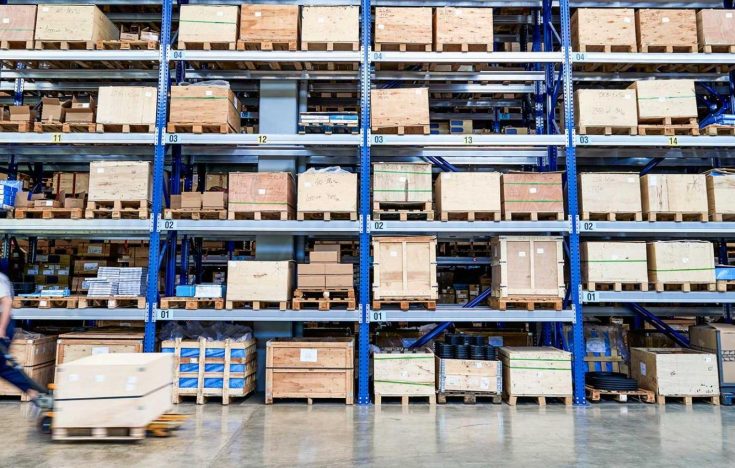Supply chain, both backbone and Achilles heel of the global economy
While supply chains play a key role in the globalised economy, they tend to become longer and more complex, raising a myriad of new risks to large corporates from environmental externalities (such as climate change, scarcity of natural resources) to geopolitical risks (conflicts) and social issues (such as forced labour, child labour). Indeed, whether it is horse meat, child and forced labour, conflict minerals or deforestation, the list of supply chains’ issues that have surfaced through the media in the recent years is long. One of the most dramatic examples, the collapse of the Rana Plaza building in Bangladesh in 2013 that killed almost 1,200 garment workers, has brought supply chain issues to the attention of the international community.Corporate sustainability beyond the tip of the iceberg
Companies’ direct operations represent only the tip of the iceberg. Now supply chain risk management has become a key topic for companies to be in position to adapt to a wide range of externalities that can affect their processes, costs and image. As a result, sustainability within supply chains has become a new dimension taken into account by corporates. As per a recent survey, over 34% of executives consider that embedding sustainability into supply chains is key to eliminating supply chain risks1. Human rights risks in the supply chains have also been identified as the number one issue faced by corporates2.Increasing regulation
Supply chains often contain multiple levels of subcontracting in countries where labour laws are non-existent or not enforced. For instance, in recent years, in Thailand – the world’s third largest seafood exporter – attention has repeatedly been drawn to its lack of law enforcement in addressing human trafficking in its fishing industry. This raises additional challenges for corporates exposed through their supply chain to these countries.But over the past few years, the regulatory framework in the US and in Europe requiring companies to demonstrate responsible supply chains has kept even expanding. For example, the US California Transparency in Supply Chain Act (in force since 2012) requires retail sellers and manufacturers doing business in the state to disclose their efforts to eradicate slavery and human trafficking from their direct supply chains. The more recent US Trade Facilitation and Trade Enforcement Act strengthens restrictions on the import of goods into the United States produced with forced labour.
In Europe, the UK Modern Slavery Act requires companies with a global turnover of over GBP 36 million and with activities in the UK to publish the steps they have taken to ensure human trafficking is not taking place in their operations or in their supply chain. In France, the law on parent company duty of care (“Devoir de Vigilance”) is currently being debated in parliament. The proposed law targets companies headquartered in France with more than 5,000 employees as well as parent and subsidiaries or companies with more than 10,000 employees globally. Such companies will need to publish a “vigilance plan” for managing and mitigating environmental, social and governance risks in their direct operations as well as in their supply chain
Ensuring sustainability in supply chains – in practice
While regulation is expanding, ensuring corporate responsibility throughout long and complex supply chains can be challenging. For instance, as most critical sustainability risks are often found deeper down the supply chains (down to mines, farms, plantations, etc.), how do corporates ensure traceability and control beyond tier 1 suppliers? Are external monitoring and auditing schemes adequate safeguards, knowing, for instance, the Rana Plaza factory had been audited twice before it collapsed?The answers are probably not simple and ensuring sustainable supply chains requires a combination of measures and levers, beyond strict compliance with regulations. Developing a supplier’s code of conduct based on internationally recognised standards such as the ILO conventions is one of the first steps, and then training suppliers, conducting monitoring and independent review constitute additional key measures for achieving responsible sourcing.
Often a multi stakeholder approach constitutes an effective complementary approach to address complex supply chain challenges. Indeed, partnering with public entities, academia and civil society can help achieve a greater impact in fostering sustainability than one company could manage on its own. For instance, Unilever has put in place a Sustainable Sourcing Advisory Board, which includes external experts, academics and NGO representatives. The board advises the company on sustainably sourcing raw materials in its value chain, covering a wide range of issues from climate impact, to biodiversity, water stress, labour conditions, poverty alleviation and the use of chemicals.
A driver of performance
Ensuring responsible supply chain is not only a matter of ethic; it is also a matter of performance. An increasing number of studies, including a recent report from EY3, tend to conclude that improved environmental and social performance throughout supply chains can help reduce cost, improve productivity and achieve market differentiation while having a positive impact on society.PepsiCo, for instance, is engaging its supply chain through the deployment of a capacity-building programme, providing tools for its suppliers to reduce energy and water consumption and reduce waste, thus reducing costs and helping to mitigate climate-related risks.
[1] Ethical Corporation – the State of Sustainable Supply Chains 2016
[2] Ibid
[3] The state of sustainable supply chains – building responsible and resilient supply chains , EY, UN Global Compact, 2016
